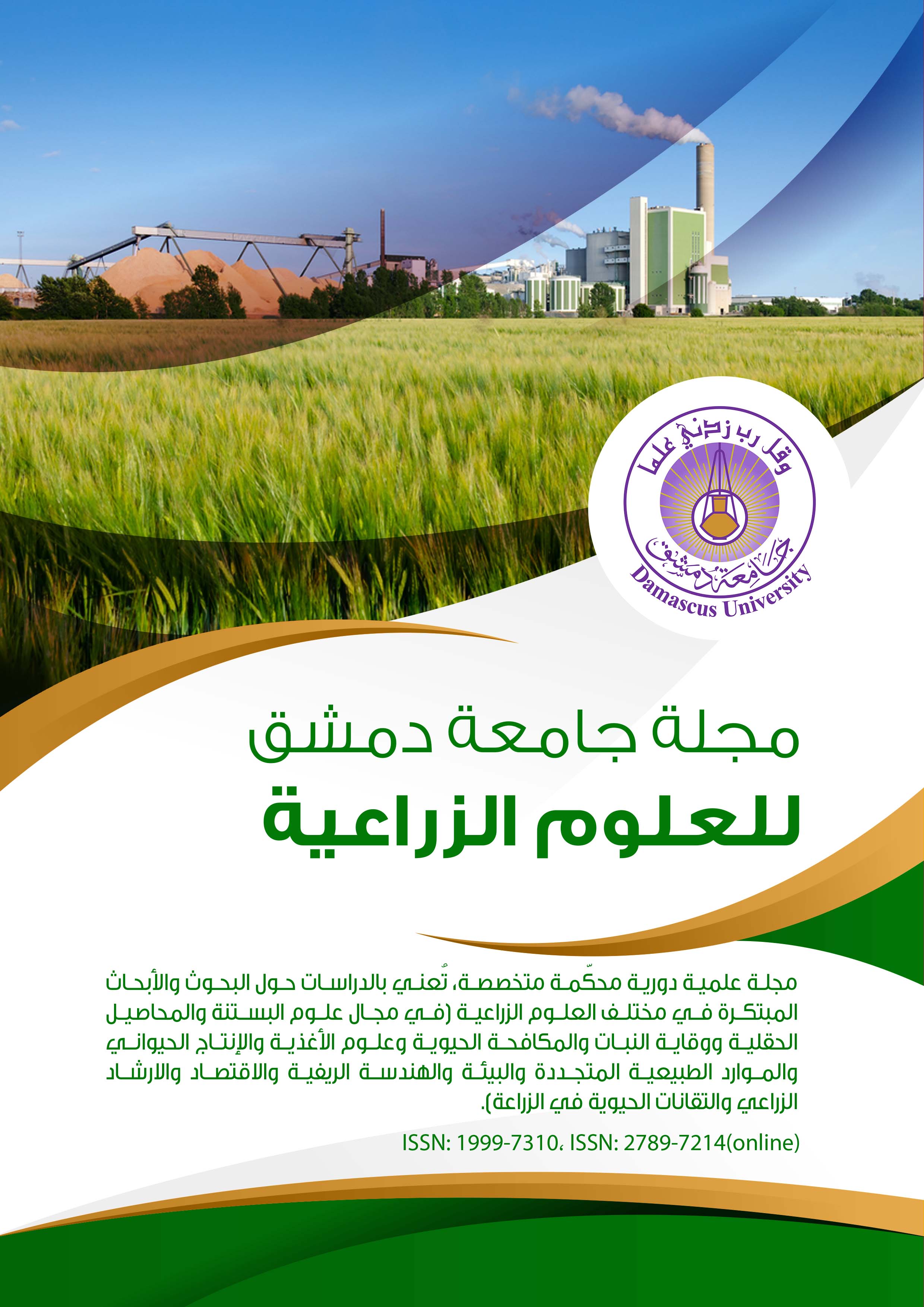التقنيات الحديثة المستخدمة في كشف غش اللحوم ومنتجاتها
الكلمات المفتاحية:
غش اللحوم، SEA، ELISA، التقنيات الحديثة PCRالملخص
في الوقت الحاضر، تتضمن الطرق التقليدية المستخدمة للكشف عن لحوم الماشية والدواجن في الغالب التقييم الحسي الذي يجريه الخبراء، والكشف عن المؤشر الكيميائي، والكشف الميكروبي. وعلى الرغم من ان هذه الأساليب تمتلك دقة جديرة بالثناء في الكشف، فإن تطبيقها يصبح أكثر صعوبة عند تطبيقها على الإنتاج على نطاق واسع من قبل الشركات. بالمقارنة مع طرق الكشف التقليدية، يمكن للتقنيات الحديثة المكتشفة في السنوات الأخيرة تكون ذات مزايا تتسم في الكفاءة العالية والدقة في القياس مع قصر وقت الفحص لذلك كانت محل اهتمام الباحثين على نطاق واسع. بناءً على ذلك، تمثل هذه المقالة تحليلاً للاتجاهات في تطوير أنظمة الاختبار لتحديد اللحوم. تُستخدم أنظمة الاختبار هذه بشكل شائع في مختبرات إنتاج الأغذية والأبحاث. إن أهمية تطوير طرق تحديد أنواع اللحوم لا تتعلق فقط بالقيود الغذائية التي تمارس في بعض الأديان والمتعلقة باستهلاك أنواع معينة من اللحوم، ولكن أيضًا بالجوانب الصحية لإنتاج الغذاء. اذ تقدم هذه المقالة نظرة عامة شاملة على الأساليب الحديثة في الكشف عن غش اللحوم والذي يشمل إما إضافة مادة غير غذائية لزيادة كمية المواد الغذائية الخام أو المواد غير الغذائية المضافة دون قصد. ويشمل غش الأغذية أيضاً أي مواد سامة أو ضارة قد تجعل الغذاء ضاراً بالصحة. ويمكن أن يكون
القيمة بمواد أقل تكلفة (أرخص) نسبيًا لتحقيق مكاسب اقتصادية غير عادلة. قد يكون هذا الفعل من الغش الغذائي مكسبًا اقتصاديًا للشركة المصنعة التي تغش الغذاء، في حين أنه يمثل خسارة للمستهلك النهائي للمنتجات. أثناء شراء وتقديم الاغذية المغشوشة، يتأثر المستهلكون بطرق مختلفة؛ قد لا يحصلون على العناصر الغذائية المقصودة، وقد تكون الأغذية المغشوشة غير آمنة لصحتهم ويمكن أن تشكل أيضًا خسارة اقتصادية للمستهلكين. وتشمل هذه الأساليب التقنيات الفيزيائية والكيميائية والكيميائية الحيوية وغيرها. يكون اكتشاف المواد الغذائية المغشوشة أكثر صعوبة عندما يكون لكل من المادة المغشوشة والغذاء نفسه نفس التركيب الفيزيائي الكيميائي تقريبًا. يتعارض الغش في الأغذية مع حق المستهلكين في الحصول على أغذية آمنة وذات نوعية جيدة. لذلك، يجب على جميع الأفراد المسؤولين والمنظمات، بما في ذلك الحكومة، الوفاء بمسؤوليتهم عن حماية فعل الغش في الأغذية وفضح الأفعال التي تم تحديدها.

